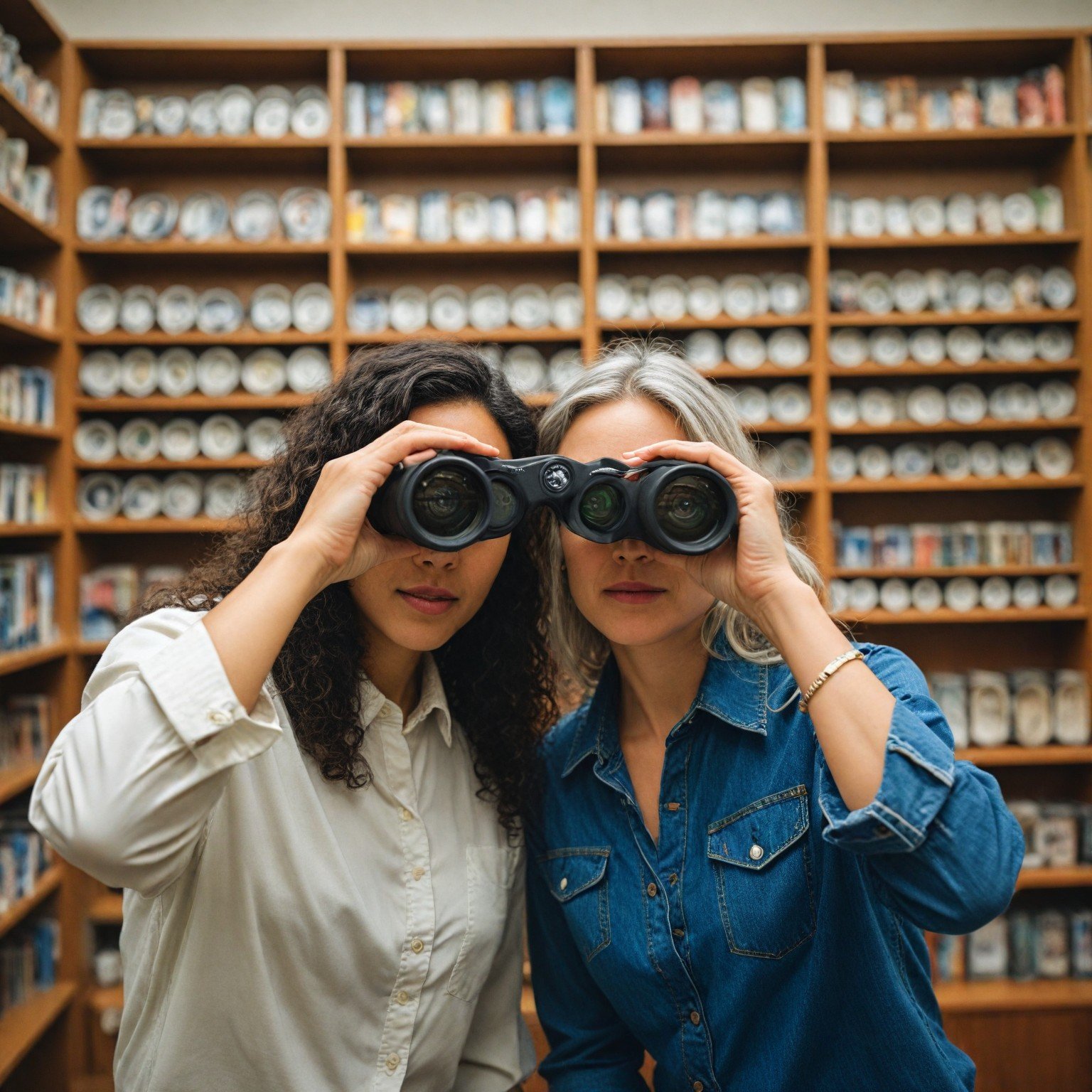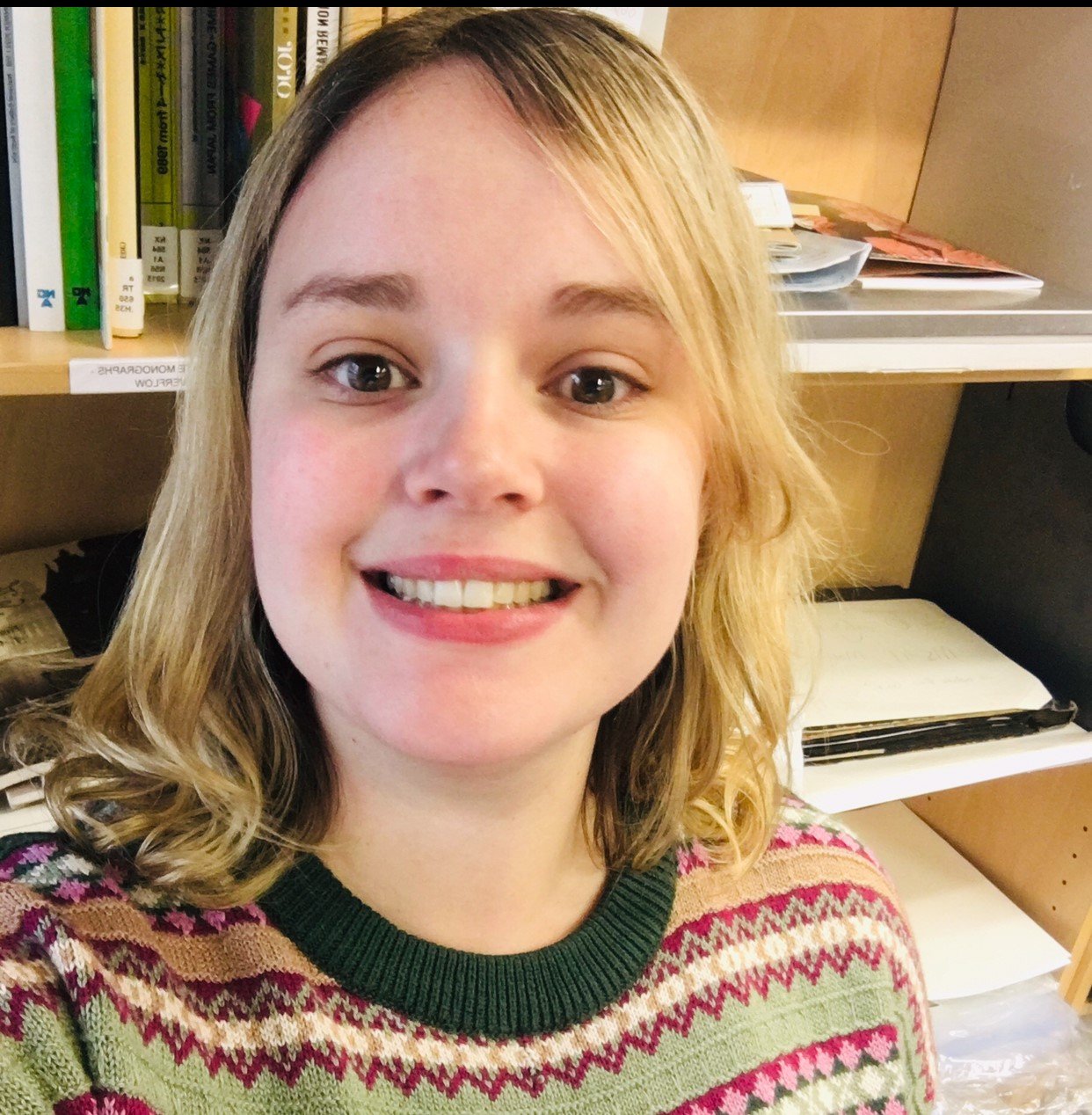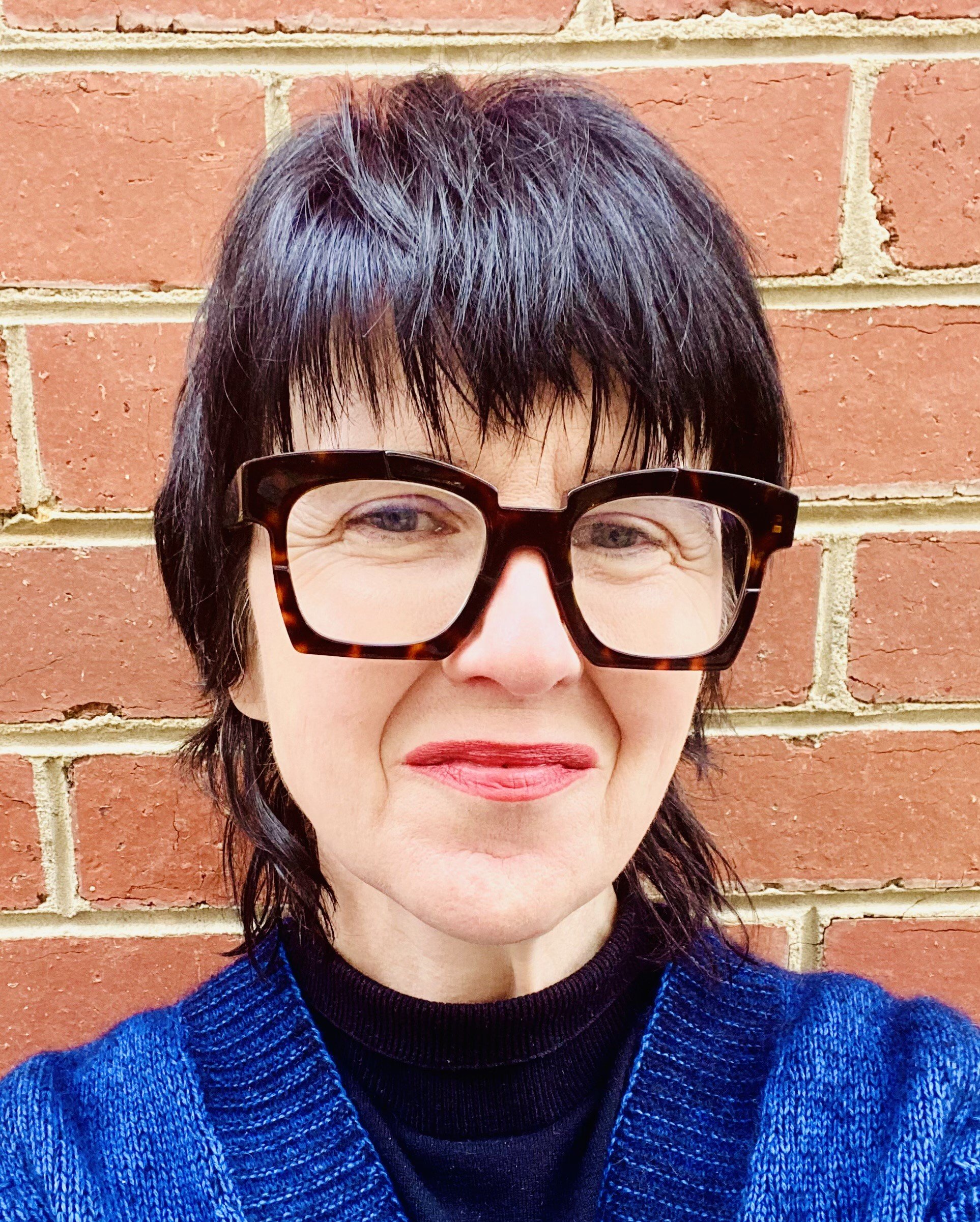The 2024 ARLIS/ANZ Conference theme, Being Seen, is for Art Librarians + Information Professionals and those who collaborate with them! The 2024 conference will be held in Sydney on the 28 - 29 November 2024.
In 2022 our virtual conference investigated adaptation in difficult circumstances. In 2024, we’re back in the building, coming together to reflect on the ways in which libraries, particularly art libraries, draw attention to their collections, collaborators and communities.
Seeing is believing. But ways of seeing are in a rapidly evolving state. Art libraries are not just keepers of collections, but engines for seeing and being seen.
Art libraries are gateways to visibility to artists and their practices, both traditional and bleeding edge. To materials and methodologies, far flung movements and local arts collectives.
Art libraries are also adopters of new discovery systems, while rebuilding description systems that are culturally safe for seeing and being seen by all.
Art librarians show us that looking is never as simple as it seems. An art library conference is a chance to make our work, our systems, our collections and our collaborators truly seen.


























